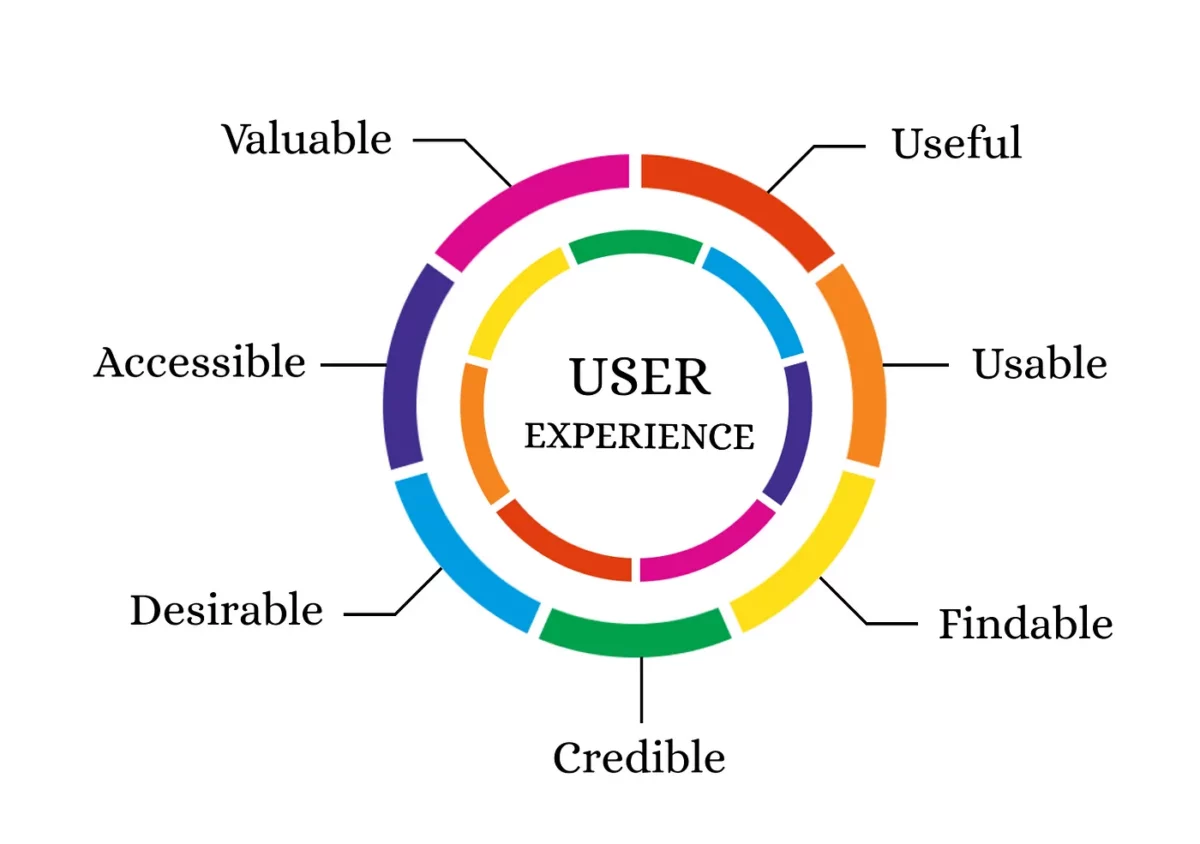Card sorting is a well-established UX research technique, helping designers intuitively organise information. Traditionally, card sorting involves participants manually grouping items, which provides insight into how users understand and categorise website content. However, as artificial intelligence evolves, it’s now possible to reliably conduct card sorts entirely through AI, bringing faster and more accurate insights.
Loop11’s new AI-driven card sorting feature is designed to streamline this process. Here’s why AI is a perfect fit for card sorting and how it’s enhancing research capabilities without requiring traditional participant input.
Speedy Data Analysis and Instant Insights
In traditional card sorting, researchers spend time gathering participant data and manually analysing it to extract insights. AI, however, processes information almost instantaneously. With Loop11’s AI-driven card sorting, AI algorithms handle the categorisation and clustering automatically. This instant analysis empowers researchers to make data-informed decisions more quickly and efficiently than ever.
As seen in studies like those on MeasuringU, AI-generated card sorting results have shown consistency and speed on par with those obtained through manual efforts—without the need for lengthy participant involvement. Loop11’s AI approach allows teams to gain valuable structure and insight without waiting for participant feedback.
Consistency and Reduced Bias
AI-driven card sorting in Loop11 is also less prone to bias than traditional methods, where researchers’ interpretive judgments can introduce subjective perspectives. AI algorithms categorise information objectively, ensuring that results are based purely on data patterns rather than individual interpretation. This consistency helps researchers trust that the findings accurately reflect patterns rather than human bias.
By leveraging AI clustering and natural language processing (NLP), Loop11’s card sorting feature can effectively group similar items—even when there are slight differences in naming or terminology. As highlighted by Eddie Wu’s experiment on Medium, AI’s capacity to make sense of varied terms creates a more coherent and accurate structure, allowing UX teams to obtain insights that truly represent a logical organisation of content.
Real-Time Analysis of Content Structure
Loop11’s AI-based card sorting also enables real-time analysis of card organisation, showing researchers how items are structured and grouped within seconds. AI algorithms detect patterns and relationships between items, creating a clear visualisation of groupings and hierarchies within the content. This instant feedback allows researchers to identify content structures or areas that might need clarification, all without needing manual adjustments or participant input.
The immediate analysis provided by Loop11’s AI capabilities ensures that researchers can make on-the-spot adjustments or explore alternative arrangements within minutes, enhancing efficiency and decision-making.
Enhanced Scalability for Large Projects
With AI, Loop11’s card sorting tool scales effortlessly, making it easy to handle large projects that may previously have required extensive participant recruitment and manual analysis. For UX professionals looking to analyse information architecture across large content sites or apps, AI-enabled card sorting allows them to manage vast datasets with ease.
As UX Tigers’ recent roundup points out, scalability is one of the key benefits of AI in UX research. With Loop11, large datasets can be processed seamlessly, yielding insights that reflect complex user journeys or diverse content categories without the logistical hurdles of participant management.
Conclusion
AI is revolutionising UX research by automating and enhancing methods that were once manual, and Loop11’s AI-driven card sorting feature represents the future of content organisation and user insight. This tool provides UX researchers with a faster, more accurate way to structure information, all without the need for traditional participants. Whether you’re testing a small product or structuring content for a large-scale site, AI-powered card sorting in Loop11 is a game-changer for intuitive design and user-centered insights.
Watch a walk-through of our new card sorting feature here.
![]() Give feedback about this article
Give feedback about this article
Were sorry to hear about that, give us a chance to improve.
Error: Contact form not found.




